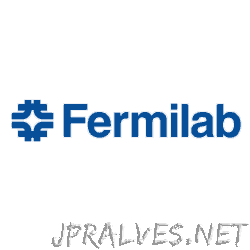Other
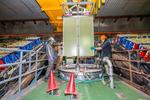
“Long before the Deep Underground Neutrino Experiment takes its first measurements in an effort to expand our understanding of the universe, a prototype for one of the experiment’s detectors is blazing new trails in neutrino detection technology. DUNE, currently …
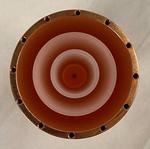
“Dark matter makes up about 27% of the matter and energy budget in the universe, but scientists do not know much about it. They do know that it is cold, meaning that the particles that make up dark matter are …
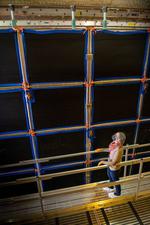
“With a directive to look for physics beyond the standard model and study the behavior of the universe’s most elusive particles, the U.S. Department of Energy’s Fermi National Accelerator Laboratory’s Short-Baseline Neutrino Program has a full …

“The Dark Energy Spectroscopic Instrument seeks to further our cosmic understanding by creating the largest 3D map of galaxies to date. Below is a press release issued by the Department of Energy’s Lawrence Berkeley National Laboratory announcing the official …

“Scientists at the Department of Energy’s Fermi National Accelerator Laboratory and the University of Chicago have demonstrated a new technique based on quantum technology that will advance the search for dark matter, the invisible stuff that accounts for 85 …
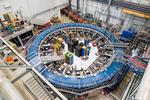
“The long-awaited first results from the Muon g-2 experiment at the U.S. Department of Energy’s Fermi National Accelerator Laboratory show fundamental particles called muons behaving in a way that is not predicted by scientists’ best theory, the Standard …

“Quantum computing promises to harness the strange properties of quantum mechanics in machines that will outperform even the most powerful supercomputers of today. But the extent of their application, it turns out, isn’t entirely clear. To fully realize the …

“The cosmic microwave background, or CMB, is the electromagnetic echo of the Big Bang, radiation that has been traveling through space and time since the very first atoms were born 380,000 years after our universe began. Mapping minuscule variations …

“A viable quantum internet — a network in which information stored in qubits is shared over long distances through entanglement — would transform the fields of data storage, precision sensing and computing, ushering in a new era of communication. This month, scientists …

“The breakthrough, made by researchers at Caltech, Fermilab and NASA, among others, is a step towards a practical quantum internet. In a major breakthrough for the quest toward quantum internet, a technology that would revolutionize computing in myriad ways, a …

